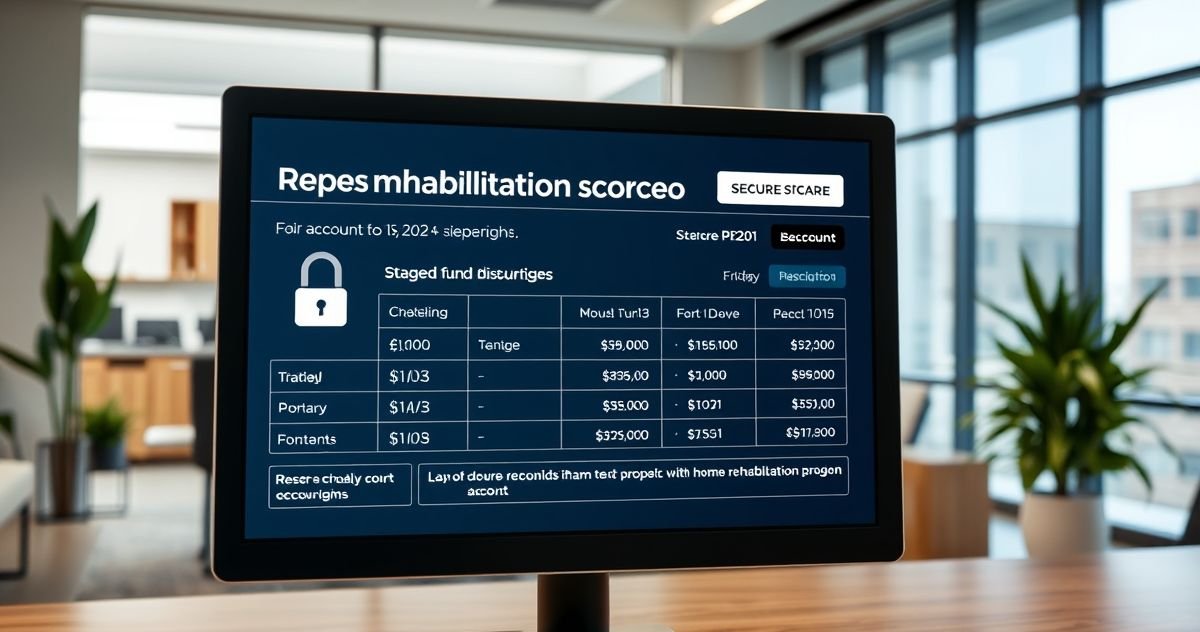Buying a home that requires repairs can be a smart investment, but financing both the purchase and renovations at once presents challenges. A Rehabilitation Escrow Account solves this by securely holding the loan funds allocated for renovation work.
This account is typically part of specialized renovation loans such as the FHA 203(k) loan, Fannie Mae HomeStyle® Renovation loan, or Freddie Mac CHOICERenovation® mortgage. These loans combine the home purchase price with renovation costs into a single mortgage.
How the account works:
- Loan Approval: You get approved for a renovation mortgage with funds covering both the home’s purchase and estimated repair costs, supported by a detailed contractor bid.
- Funding at Closing: The purchase price portion goes to the seller, while renovation funds are deposited into the rehabilitation escrow account controlled by the lender.
- Renovation Begins: Your contractor follows the agreed Scope of Work.
- Draw Requests: After completing project milestones, the contractor submits invoices. You request a draw from the lender to pay for completed work.
- Inspection: The lender inspects or appraises the completed stage to verify satisfactory progress before releasing funds.
- Payments: Funds are usually paid directly to the contractor or via joint checks.
- Completion: This process repeats until the renovation is fully completed and verified, after which any leftover funds may be applied to your mortgage principal.
Who Uses Rehabilitation Escrow Accounts?
They are required for specific renovation loan types:
-
FHA 203(k) Loan: Designed for lower credit scores or smaller down payments, government-insured, suitable for moderate to major repairs. Learn more about FHA 203(k)
-
Fannie Mae HomeStyle Renovation Loan: Conventional loan with flexibility for luxury upgrades and some DIY work. Read more about HomeStyle Renovation Loan
-
Freddie Mac CHOICERenovation® Mortgage: Similar to HomeStyle with additional features for disaster resiliency improvements.
Tips for Managing Your Rehabilitation Escrow Account
- Choose an experienced contractor familiar with renovation loan procedures to smooth the draw and inspection process.
- Maintain a contingency reserve (often 10-20% of renovation costs) to cover unexpected expenses.
- Communicate continuously with your lender and contractor to ensure clear expectations and timely draws.
Common Misunderstandings
- Funds must be used strictly for the approved renovation scope; they cannot be diverted for other expenses.
- Funds typically do not go directly to the borrower but are controlled by the lender to prevent misuse.
- Unlike property tax or insurance escrow accounts, this account is temporary and solely for renovation funding.
For more on renovation loan options and funding processes, see our Home Renovation Financing glossary entry.
Sources:
- U.S. Department of Housing and Urban Development – 203(k) Rehabilitation Mortgage Insurance
- Fannie Mae – HomeStyle Renovation
- Investopedia – Draw Request



